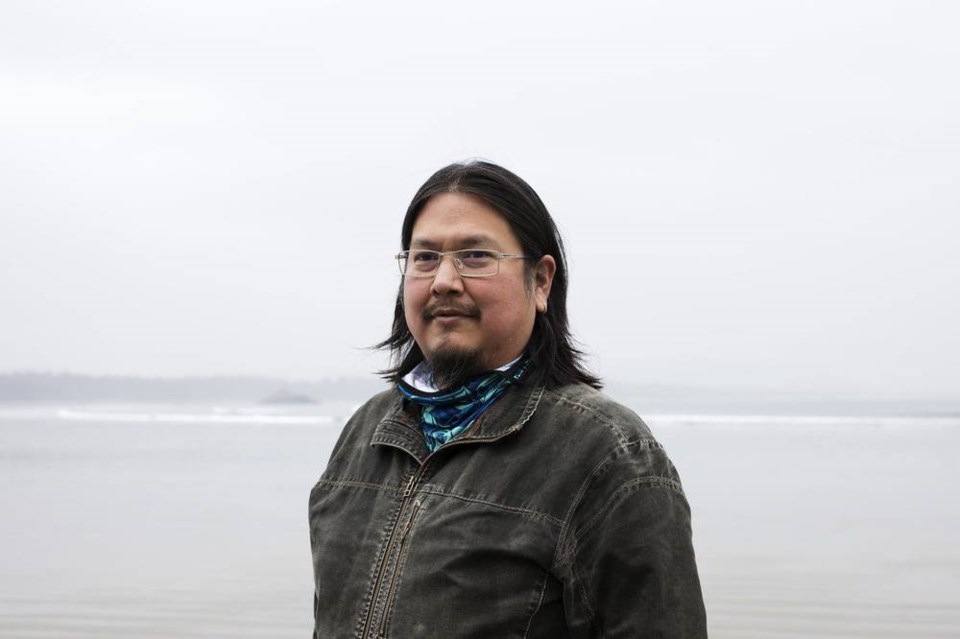When Dr. Luke Williston first heard about the Tla-o-qui-aht men’s group, his ears perked up.
As one of Tofino’s primary care and emergency room physicians, Williston often treats patients who struggle with alcoholism and substance abuse.
When he started seeing the same three men returning to the hospital nearly every month, Williston was at a loss. He arranged for counselling and prescribed medication, but none of his methods seemed to help.
Thinking back to the men’s group, Williston approached Chris Seitcher, Tla-o-qui-aht First Nation cultural support worker, and asked about bringing a cultural healer into the hospital.
They arranged for Dwayne Martin to perform a cleansing ceremony for the patients and the immediate benefits were “hard to ignore,” Williston said.
For the following year, Williston said, he hardly saw those patients.
“That’s the Western medicine in me,” he said. “I’m results-oriented and want to see people get better. If our way isn’t doing it, we have to be open to seeing what could work better — and I know this does.”
In February 2020, Williston and Seitcher organized a ceremony to introduce physicians, nurses, and X-ray and laboratory technicians to Nuu-chah-nulth traditional healing practices.
“If we introduce our culture to the hospital and if the doctors and the staff are able to understand it, they’ll be more open to having it there,” Seitcher said.
The ultimate goal is to regularly incorporate culturally appropriate ceremonies for First Nations as a method of healing within the hospital.
“Some of the illness that we struggle with in the First Nations population is related to this loss of identity, this stripping of identity from the past,” illiston said.
The hope is that it’ll be a step toward reclaiming that identity, he said.
Led by Seitcher and Nora Martin, who has been working as a cultural healer since 1976 and facilitates the Tla-o-qui-aht’s women’s group, hospital staff participated in a talking circle and breathing exercises that included drumming and singing led by Seitcher’s son, Hayden.
The men and women were then separated to experience cold water cleansing in pools that were set up at Načiks, also known as Monks Point.
“We deal with a lot of trauma and quite often, we go home carrying that with us and don’t let it go,” Martin said. “When you do a ceremony, you’re cleansing yourself of that trauma so that you can move forward in a good way.”
Williston said he was “vibrating” after the ceremony. Simply put,
“You feel better,” he said.
Sometimes, physical injuries can be connected to a person’s story or trauma, Seitcher said. By addressing the trauma through cultural healing, he hopes to instill First Nations with more connection to their culture and spirit.
“Our elders would always say: ‘We are born with everything that we need — we are born with our gifts and we’re born with our ceremonies,’ ” he said.
While Williston continues to push for healing ceremonies to be more widely incorporated into the hospital, the pilot project has been put on pause due to COVID-19.
His goal is for it to extend to RCMP employees, firefighters, paramedics and the coast guard once restrictions are lifted.



